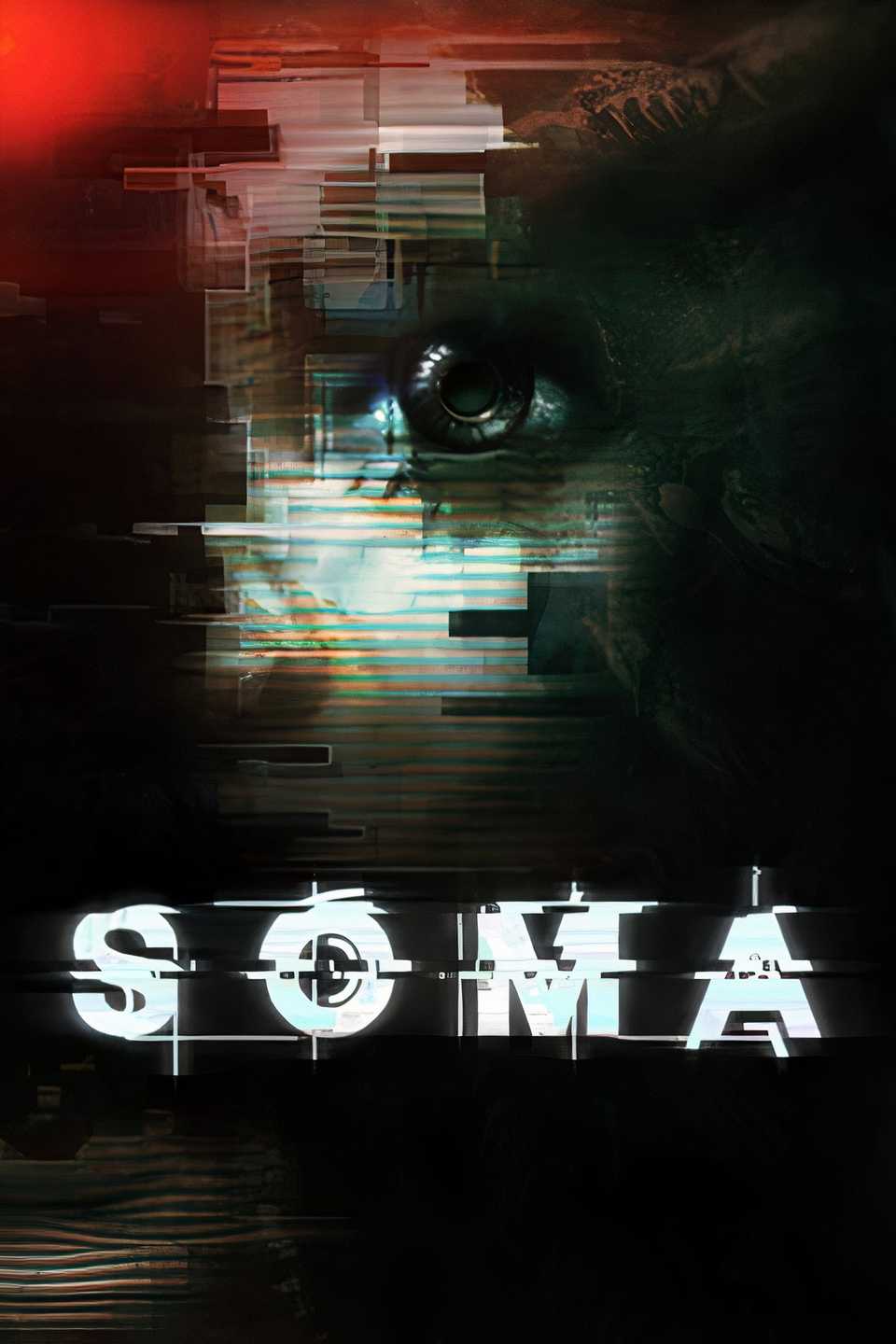My favorite horror game of all time is probably Amnesia: The Dark Descent. Its effects on the industry are another story, but on its own, The Dark Descent crafts a uniquely oppressive atmosphere where the dread keeps mounting for eight hours straight. By all rights, I should love SOMA, another acclaimed title from Amnesia studio Frictional Games. Sadly, I don’t.
SOMA has a lot going for it, and if you do love it, more power to you. Its deep-sea horrors and post-human philosophy make for an interesting setup, and like Amnesia, it leans into a sense of powerlessness to ramp up the fear. I appreciate the big swings it takes, and the end result stands out to me more than, say, Amnesia: A Machine for Pigs does. A decade later, though, I’m still scratching my head about SOMA‘s glowing reception.
Powerlessness Is Boring In SOMA
Where’s The Amnesia Magic?
The numbers all show that most people love SOMA. On Metacritic, SOMA managed an 84, the highest horror game score of 2015 (assuming you’re not stretching the genre to include Bloodborne). On Steam, it’s got an “Overwhelmingly Positive” review consensus. Both of these stats are comparable to Amnesia: The Dark Descent, and they’re both a bit higher than Amnesia: The Bunker, my second-favorite game from Frictional.
I actually played SOMA before any of the Amnesia games, so I didn’t come into the game with any particular set of expectations. The concept sounded interesting, and the atmosphere looked compelling. I enjoyed the game’s earliest hours, and I experienced flashes of entertainment throughout. By the end, though, I had a lot more frustrations than I wanted to.
One of my struggles with SOMA has to do with the way the game approaches powerlessness. I’ve always thought The Dark Descent was exceptionally smart about the concept. The usage of enemies is fairly discrete, but the lack of weapons and the constant threats of darkness and sanity loss work together to create a consistent sense of oppression. That oppression is a consistent driving force, pushing you to explore every nook and cranny for supplies while always continuing to push forward.
SOMA applies its threats more broadly, and, in my reckoning, more haphazardly. Rather than fear driving me to inspect every corner, I always felt like a sense of exhaustion was pushing me away. Going down an unnecessary corridor in SOMA often just meant you’d encounter a threat you couldn’t do anything about, and the frequent presence of enemies made them lose mystique. It all started to feel blasé, and I’d argue that it runs counter to the game’s emphasis on exploration.
The interesting caveat here is that SOMA has a safe mode, and a lot of people recommend it as the superior experience. In safe mode, you can’t die, which mostly just means you’ll waste less time waiting around for threats to pass. This also sacrifices mechanical tension, though, and both options are relatively inelegant compared to The Dark Descent’s grasp on when to apply pressure and when to ease off.
SOMA Never Truly Trusts The Player
Big Ideas That Don’t Get To Breathe
Monsters in SOMA felt like they were mostly just wasting my time, and they weren’t the only thing to fall into that category. SOMA also forces the player to stay in one place when listening to audio logs, for example. Throughout SOMA, I often felt like I was being arbitrarily held in place when there was no real reason for me not to be moving forward.
The only real justification I can think of for not allowing a player to continue exploring while audio logs play is a lack of trust, and that’s the element that ultimately sinks SOMA for me. The game wrestles with interesting concepts like post-humanism, but it never trusts the player to process them without an overbearing guiding hand.
SOMA‘s protagonist is, well, stupid, and his lack of intelligence mutes a lot of the game’s most interesting reveals. Rather than allowing the player to process concepts on their own, SOMA forces you to listen to his dumbfounded reactions before exhaustively breaking down every idea. For a game focused on picking up bits of lore here and there, it’s a bit like if Dark Souls sat you down for a kindergarten-level recap after every boss.
Dumb protagonists can be charming, but in SOMA, the gap between my basic ability to take in information and the protagonist’s made me feel like it was always overly tutorializing its ideas. I can’t help but compare it to the Portal games. They’re filled to the brim with interesting applications of post-humanism, but despite the heavy use of voice-over, the games are content to let the player work through many of the philosophical ramifications on their own.
SOMA Doesn’t Need Me To Love It
A Dissenting Voice Won’t Hurt A Beloved Horror Game
I don’t usually write entire pieces about how I dislike games, especially when they’re sincere attempts at art. I don’t hate SOMA, necessarily, and it feels a little mean to drag it so extensively. All the same, I’m confident that SOMA can take it.
Virtually everyone but me seems to love SOMA, and if you fall into that camp, you’re free to scoff at my disagreement. If you haven’t played it, I’d still recommend checking it out. Like I said, it has some interesting ideas.
September 21, 2025 is the 10th anniversary of SOMA, and I suppose I’m happy that people appreciate the game on some level. I want to see Frictional keep making horror games, and I might not have the great Amnesia: The Bunker without SOMA‘s success. For my money, though, SOMA is far from being one of Frictional’s best games, no matter what the reviews say.


- Released
-
September 15, 2015
- ESRB
-
t
- Developer(s)
-
Frictional Games
- Publisher(s)
-
Frictional Games
- Engine
-
hpl engine












